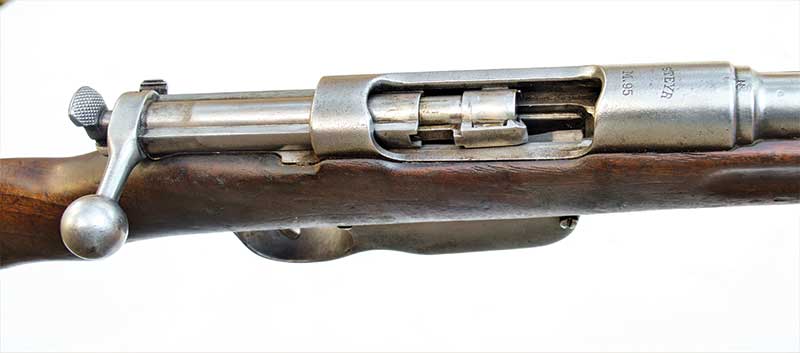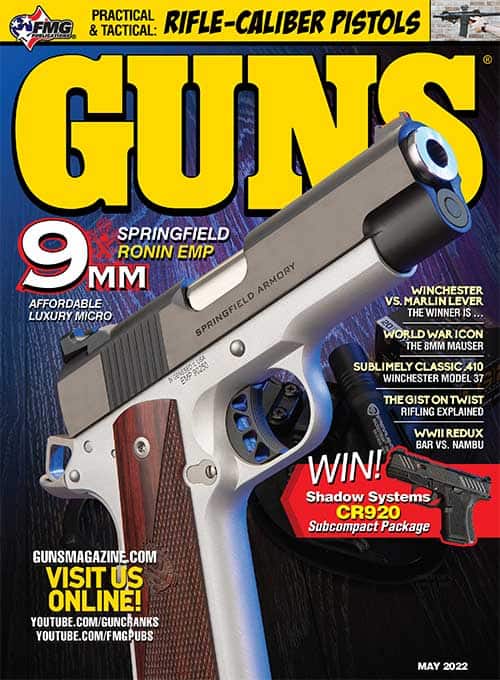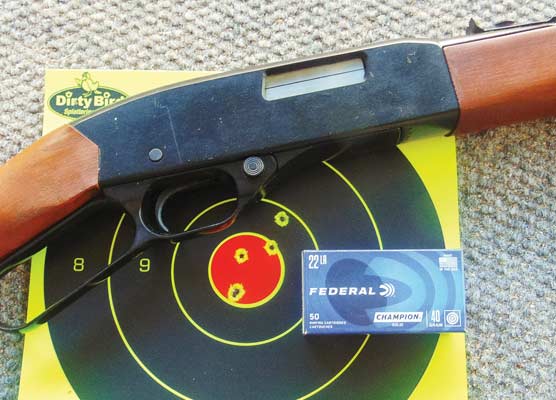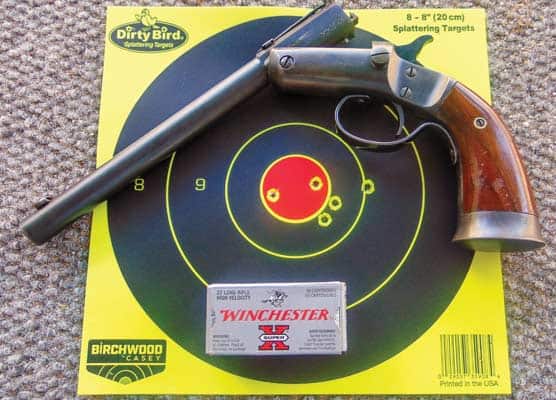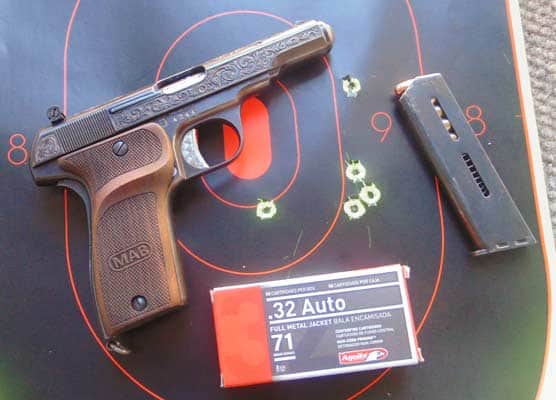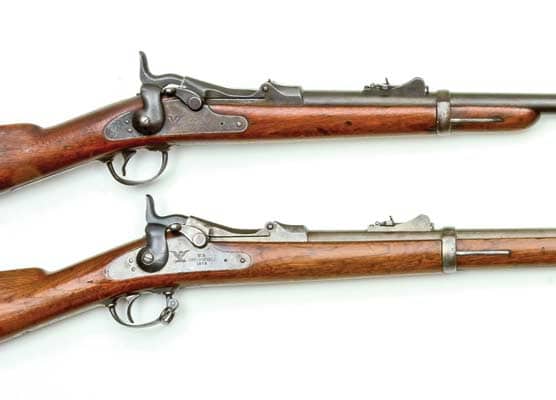Austria-Hungary’s
M95 Rifle
Straight-Pull Masterpiece
In 1886, the armies of Austria-Hungary’s Hapsburg Empire were arming up with, what I would argue, was the most advanced repeating rifle the world had ever seen. Slim and well balanced, its straight-pull bolt action and en-bloc clip-loaded five-shot magazine made it the best handling, fastest loading and fastest shooting military rifle extant, firing the powerful 11x58mmR (rimmed) black powder cartridge.
King Of The Hill … For Now
Thanks to the engineering genius of the rifle’s designer, Ferdinand Ritter von Mannlicher, it looked like the soldiers of Austria-Hungary wouldn’t be outgunned by any of their European rivals any time soon. Unfortunately for Austria-Hungary, “any time soon” turned out to be a lot sooner than they expected. In 1887 the French began issuing their new Mle. 1886 Lebel rifles chambered in a new smokeless powder, small bore, 8x50mmR cartridge.
The Lebel was a far less impressive rifle than Mannlicher’s, but its new cartridge was a global military game-changer. The smokeless 8x50mmR Lebel shot flatter, had a longer range, did not spoil accuracy by fouling bores with the residue of combustion and didn’t reveal the soldier’s position and obscure his aim with a cloud of white smoke. It made every black powder military rifle cartridge obsolete instantly — but not every black powder cartridge military rifle.
Mannlicher’s Model 1886 rifle proved strong enough to immediately adapt to an improved black powder small bore cartridge, and then a semi-smokeless cartridge — but to take full advantage of the more powerful smokeless powder, he designed a stronger straight-pull action with dual front-locking lugs. First fielded in the Model 1890 carbine, its obvious excellence led to a request for a full-length infantry rifle version. The new rifle, the Model 1895 or M95, was where Mannlicher refined his straight-pull action and en-bloc clip loading system to military perfection.
Simply The Best
The M95 proved itself one of the finest battle rifles of the First World War. It weighed around a pound less than its equally lengthy peers and was slim and almost delicate by comparison. The soldiers who carried it appreciated its light weight but the Allied soldiers facing the M95 in the icy Alps and trenches took note of its high rate of fire compared to their turn-bolt action guns. The M95 was capable of 30–35 rounds a minute while turn-bolt actions were generally limited to 15–20 shots a minute. The simplicity of the straight-pull’s forward-backward bolt operation certainly made it easier to master than a turn-bolt action, which requires twice the number of motions to cycle. In addition, the upward motion to lift a cock-on-opening bolt handle — for example the Lebel, Berthier, M1903 Springfield, Carcano — is physically more difficult and more disruptive to the aim. The British SMLE, which cocked on the forward stroke like the Mannlicher, was the M95’s closest rival in speed of operation.
The M95’s high rate of fire was immortalized in 1917 by Italian soldiers in the battlefield song Tapum, the title and refrain referring to the “Ta-Pum” sound the Austrian rifles made while chambering and firing. German speakers nicknamed the M95 the Ruck-Zuck Gewehr (translating as the “very quick” or “no time at all rifle”). Ruck-Zuck was both linguistically descriptive and onomatopoeia of the sound of the cycling action.
The Losers
At least 2,500,000 M95s were made, used primarily by Austria-Hungary and Bulgaria during World War I. Depending on the source, they were all made before the armistice. Austria-Hungary lost big in the peace treaty. The Hapsburg’s 900-year-old Empire was dismantled and most of their M95s were parceled out to the victors as war reparations. Aside from Bulgaria, which was all-in on the M95 from the start and a good postwar customer for the reparation guns for decades, most of the reparation guns traveled far and wide as good small arms are apt to do in times of instability. Nearly all were shortened, and rechambered to meet the needs of their new users in the 1920s, ’30s and ’40s, making original, 50″ full-length rifles in their original Austro-Hungarian M93 smokeless powder 8x50mmR Mannlicher chambering quite rare today. The rifle pictured in this story is one of those rare originals I truly wish could talk.
Stamps on the top flange of the buttplate (most were originally marked in this way) show it was assigned to the Austro-Hungarian 51st Infantry Regiment that distinguished itself in courageous blood against the Czar’s armies on the Eastern Front. A little “CE” stamp in an oval on the barrel shank shows it later ended up in Italian hands, either by capture or more likely as war reparations. A few years ago, Royal Tiger Imports discovered it among the Ethiopian military’s cache of obsolete arms.
Royal Tiger Imports negotiated a deal to purchase and import the vintage weapons. How RTI got these arms, which included examples of nearly everything used in Ethiopia going back to black powder muzzleloaders, is a story in itself. The Italians invaded Ethiopia in 1935 starting the Second Italo-Abyssinian War. They brought many M95 rifles with them to use in arming colonial forces loyal to them. Those rifles are often branded on the stock with the letters “AOI” which stands for Africa Orientale Italiana, the name fascist Italy used to describe the totality of her East African colonies.
Range Time
To shoot 8x50mmR Mannlicher (not to be confused with the 8x50mmR Lebel), you have to handload it. Prvi Partizan makes .330 spitzer point 208-grain bullets and their 8x56mmR Mannlicher or 7.62x54mmR boxer primed brass cases can be reformed. Both are available from Grafs.com, which is my go-to source for everything mildly to wildly obsolete. Shooting the M95 in the original chambering reveals it to be a much softer shooting gun than the post-World War I shortened M95s rechambered in 8x56mmR Mannlicher and 8x57mm Mauser. If you do shoot any of these guns, bear in mind the newest receivers were made in 1918 and chances are your gun saw a few wars as a second-hand small arm after its glory days in the War To End All Wars. I’d advise you go easy on the old girl. As of this writing, original configuration M95 long rifles and many other rarities from the Ethiopian cache are still available from Royal Target Imports.



